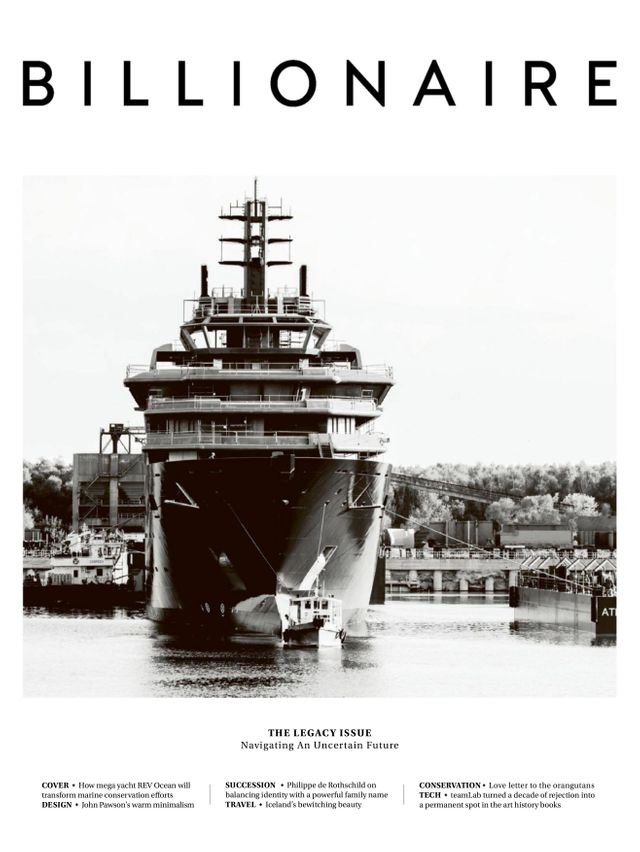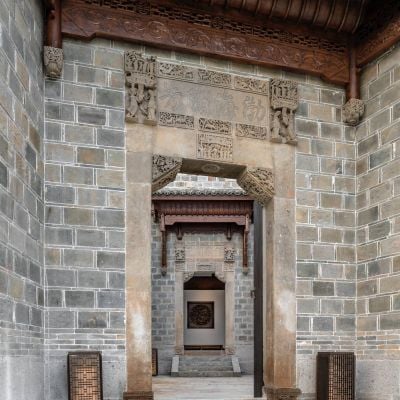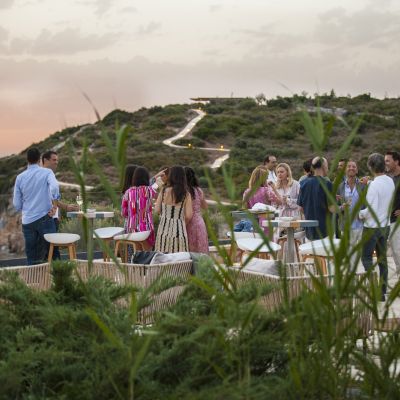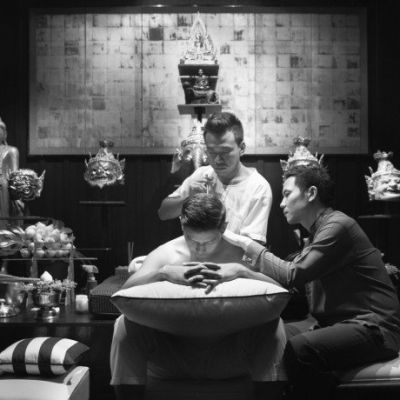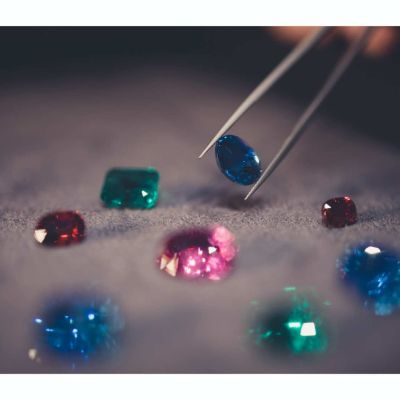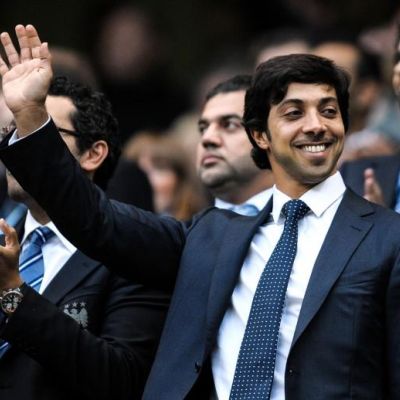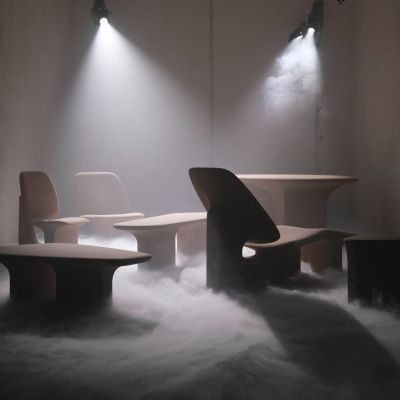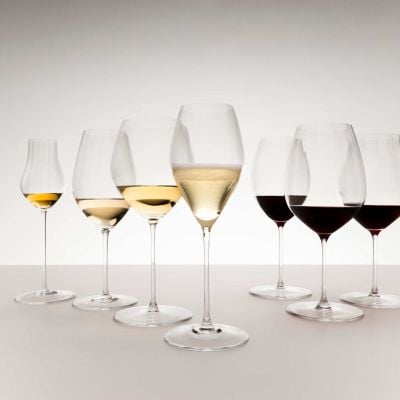Rothschild: A Legacy of Historic Wine
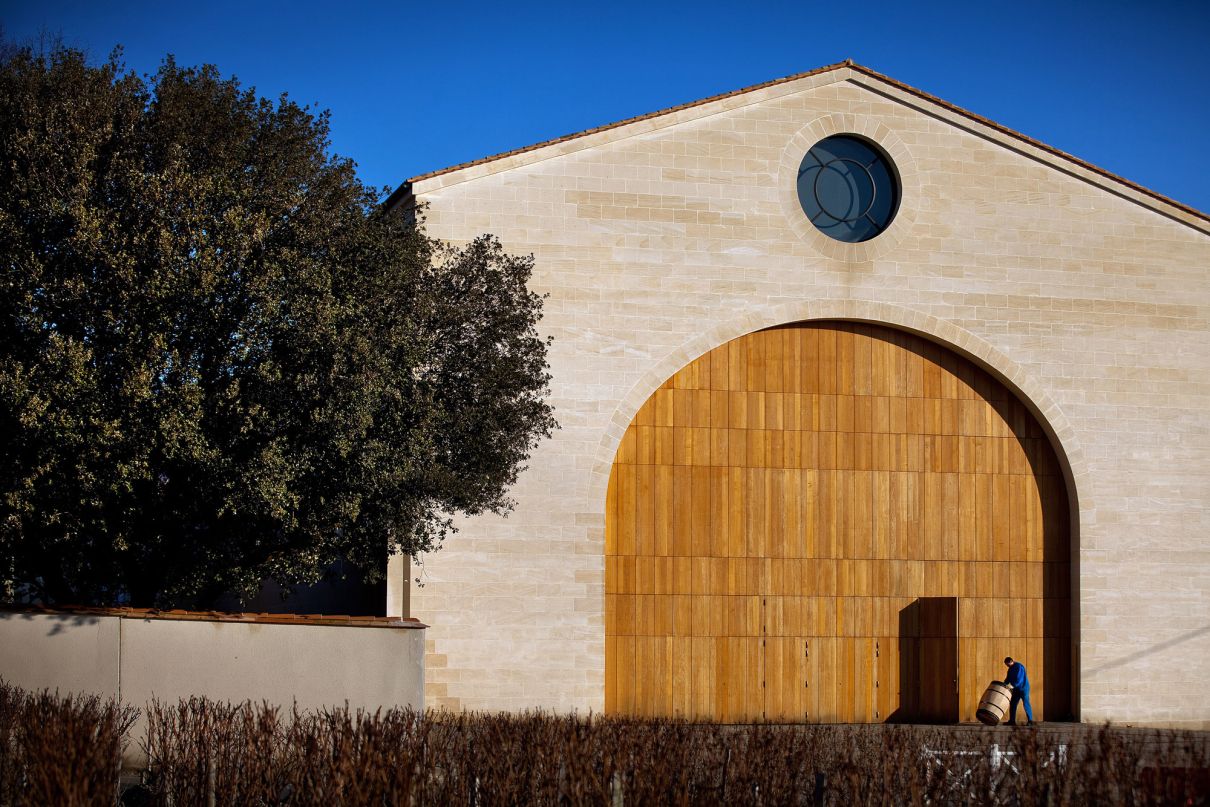
Philippe Sereys de Rothschild is steering Château Mouton Rothschild into the future, with its family ties wholly intact.
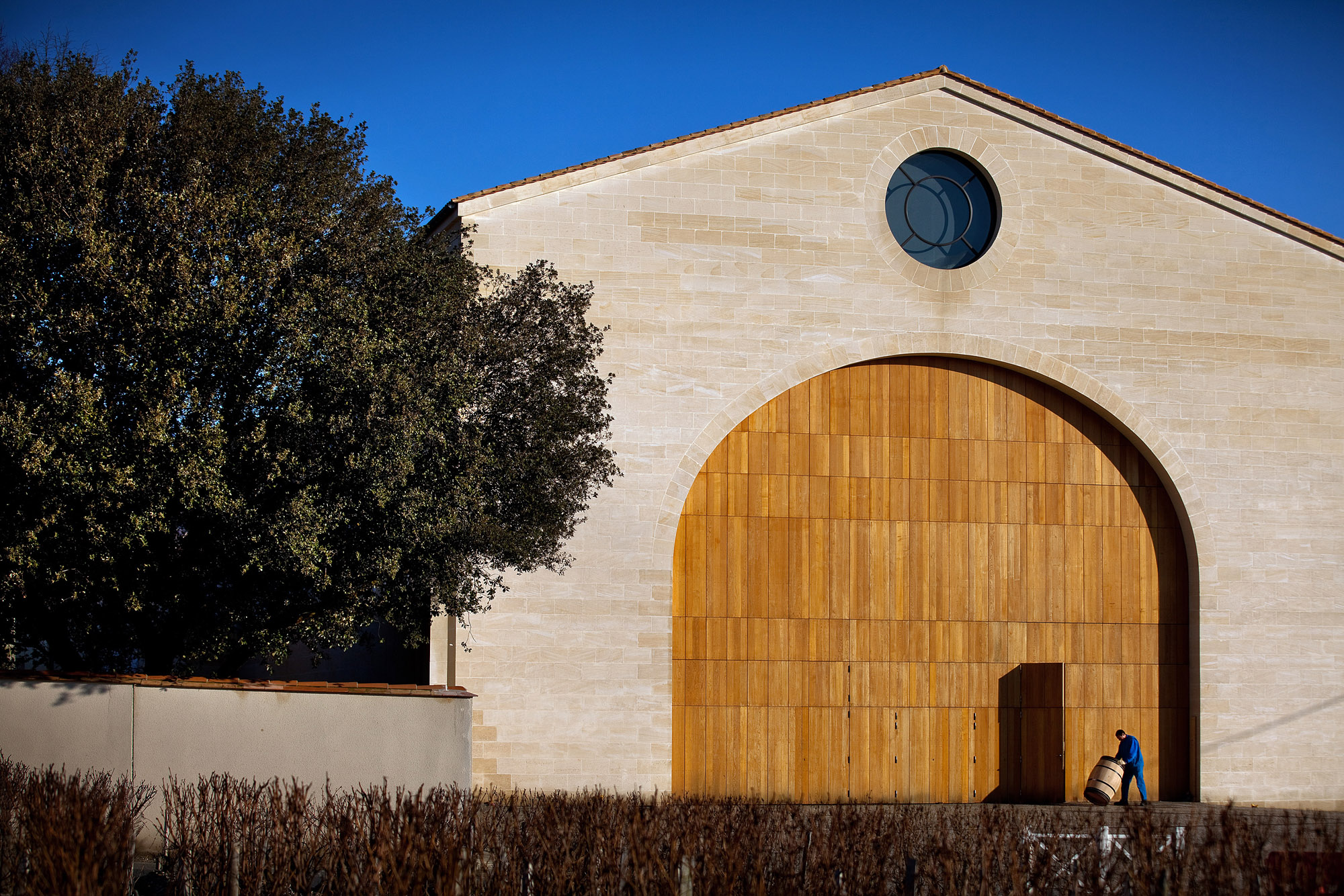
Philippe Sereys de Rothschild is all too aware of the power of a brand: the weight it carries and how it can be misread. “My mother always said that because I have this name, I have great privilege, but that it also came with important responsibilities and duties,” he says. “That’s something I tell my children too. I long wrestled about how I should explain the Rothschild name to them. Do people look at you differently because you’re called Rothschild? Absolutely. So, I just don’t think about it. I think if you did think about it too hard you would end up not trusting your own judgement. You’d stop living [your life].”
Rather, he hopes to be assessed, if at all, based on what he does, which is, since 2014, running the Bordeaux wine estate named after its founder, and his great-grandfather, Baron Philippe de Rothschild. This is one of the rare Classified Growths that has belonged to the same family since the 1855 classification. It’s the family châteaux of Baron’arques, Clerc Milon and d’Armailhac. But this is also the producer of arguably the most famous wine in the world, Château Mouton Rothschild, the wine cited in the novels of Agatha Christie, John Updike and Roald Dahl, and that (move over Martini) James Bond chooses to drink in Diamonds Are Forever.
“The fact is that if you’re good at what you do, people will respect you regardless of your name,” Rothschild adds. “[When I joined Château Mouton Rothschild] I just wanted to be sure that I could add something. I don’t yet know that I will but hope to over the next 20 years or so. [But], you know, when you’re an actor on the stage not everyone is going to love your performance. When you expose yourself [with any product], you get praise and you get criticism.”
It’s an apt analogy for Rothschild too. His great-grandfather wrote plays; his grandfather was an art collector, translated the works of Christopher Marlowe and owned Théâtre Pigalle in Paris; his late mother (who ran the company until her death) was an actress; and his father is the Comédie-Française stalwart Jacques Sereys. Rothschild himself runs a foundation that seeks to get children aged nine to 15 into the theatre, to see stage plays, ballet and opera, and to see behind the curtain too.
“These days children are very focused on their screens,” Rothschild laughs. “But I believe that it’s essential at some point that they get to engage with performing arts, to get behind the scenes and see this whole world of know-how. To see the fascination on their faces is absolute magic. I don’t think young people [engage with the arts] automatically, as I wouldn’t have if my parents hadn’t been actors. You know, education is one thing. But culture is another.”
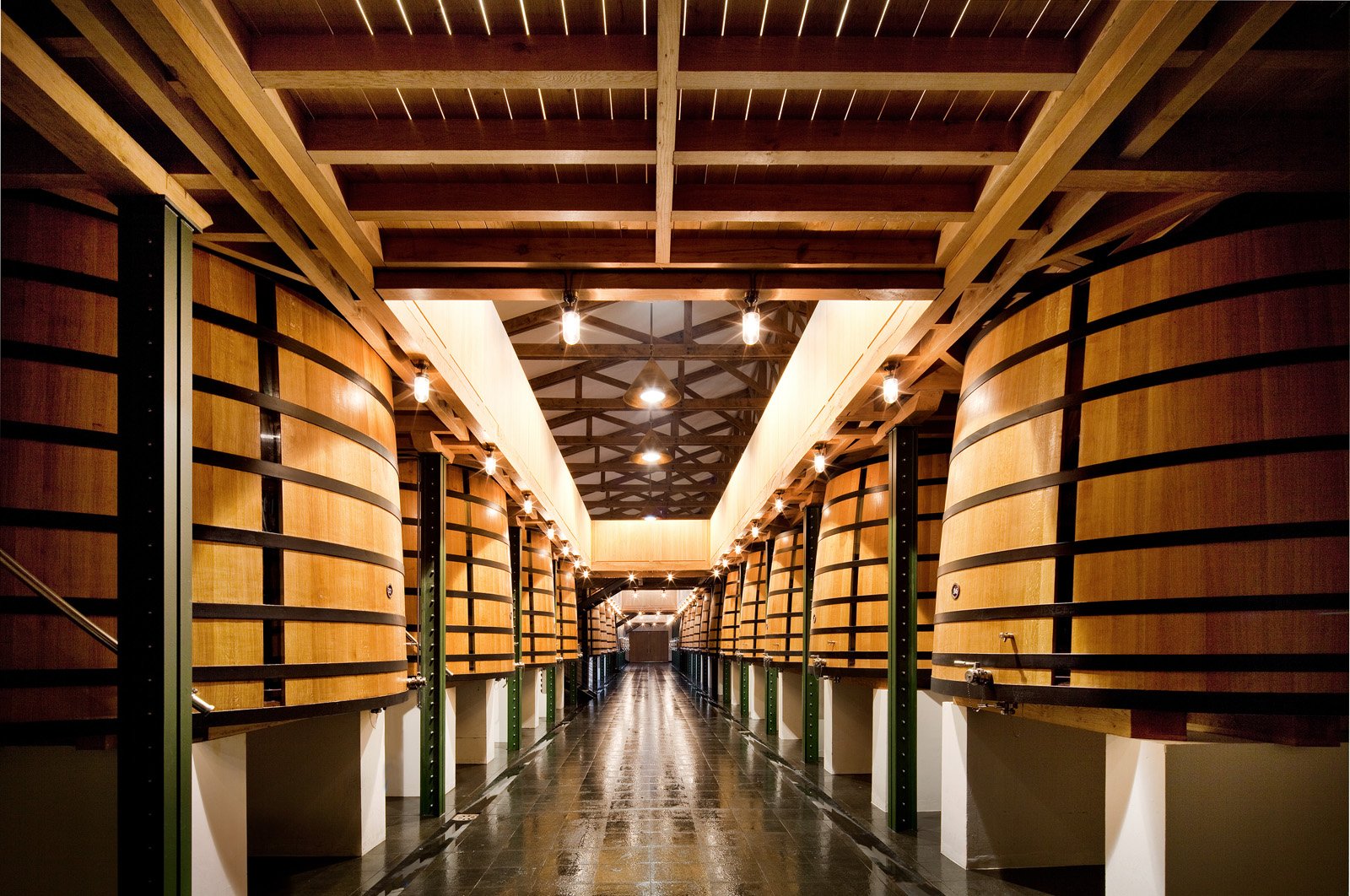
Extend the acting metaphor a little further, and Rothschild, 56, certainly sees his own work as artistic. There are the highly collectible Baron Philippe de Rothschild wine-bottle labels, designed by an artist of some repute. Rothschild’s grandfather introduced the idea in 1945, in a spirit of post-war celebration, and soon had Miro, Chagall, Picasso and Dali involved, with Warhol and Bacon following in later years. This year, 75 limited-edition cases were auctioned at Sotheby’s to raise money for the restoration of the Palace of Versailles, with labels by Jeff Koons and Anish Kapoor, among others.
“There wasn’t any fixed strategy [to the labelling], just the love of wine and of art, although, of course, it plays with the idea that making wine is an art; that blending wine is like blending colours for a painting,” says Rothschild. And, of course, it’s the liquid that really matters. “Although it’s a little more than just a liquid of course,” he chuckles. Fame helps the label but it only gets you so far. “Look at what the most famous wines in the world are and, nine times out of 10, ours comes up,” he says. “That [means] we’re more widely tasted, draw the interest of sommeliers and so on. We have ‘brand awareness’: not a phrase I like. But it also means we have to shoot for perfection. The difficulty is not getting to the top but staying there.”
That, over the years, has meant some bold business decisions. Back when new-world wines were still out of fashion, Rothschild’s grandfather co-founded partnerships with family winemakers in the Napa Valley and Chile, which, in time, led to the latterly well-respected Opus One and Almavira brands. Plenty told them such an arrangement wouldn’t work but Rothschild remains keen to develop further tie-ins with family winemakers around the world.
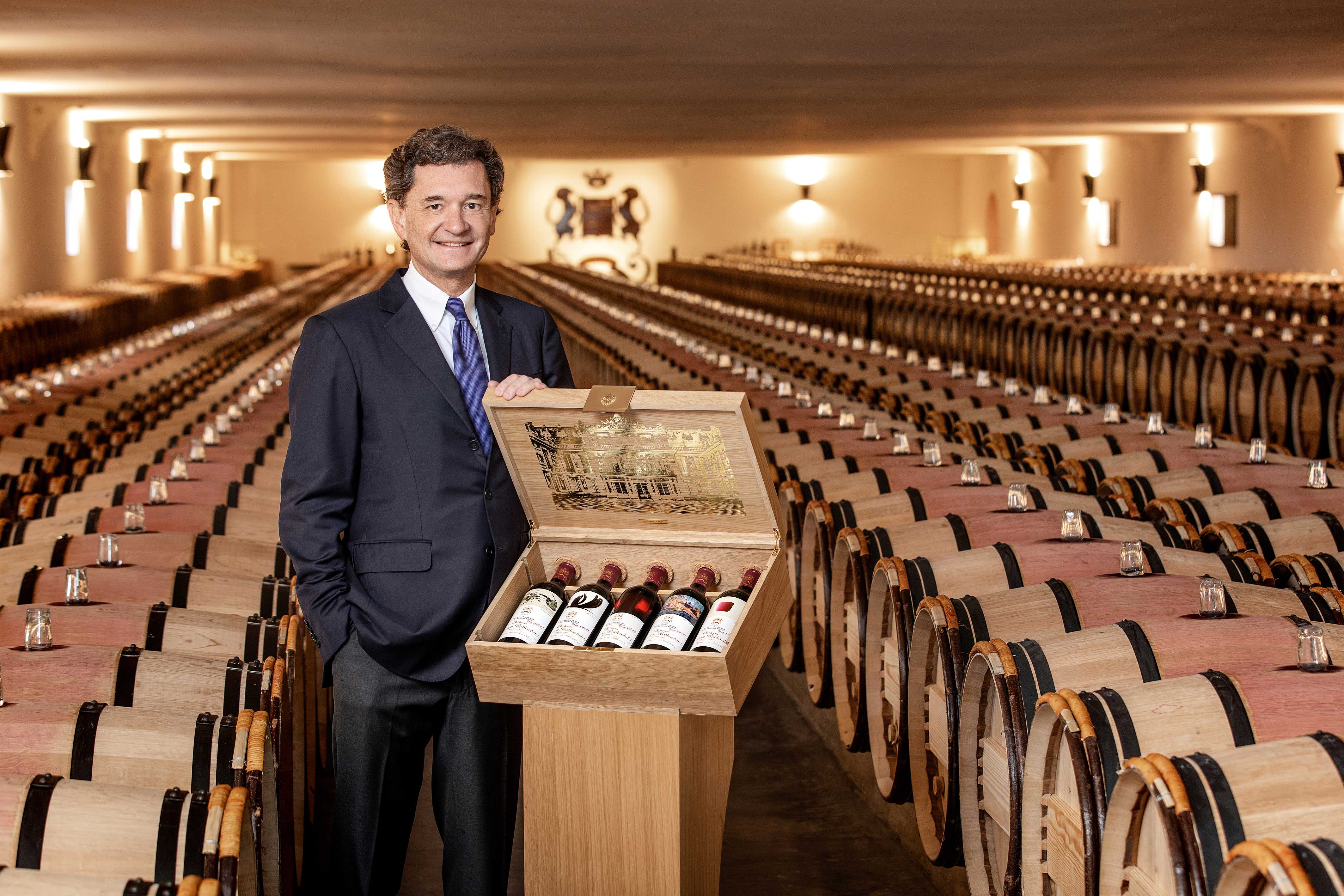
“There’s something special in [being family-owned],” stresses Rothschild, who worked in banking and then as an investor in tech and environmental start-ups before joining the family firm full-time. “Château Mouton Rothschild is not 99 percent family-owned but 100 percent family-owned and I think that gives it a soul. Our family history gives us a certain approach to the wine world. Families are around for the long term and the only way to make wine is to think in the long term.”
Families are around in other ways too. Just across the way from Baron Philippe de Rothschild, 500m down the road, is Château Lafite Rothschild, the other great Rothschild wine estate, which is run by Philippe Sereys de Rothschild’s cousins Saskia and Eric. One might imagine this proximity gives rise to some friendly competition. But he says not. “If I have questions or doubts about something, I give them a call. It’s a friendship, not a rivalry but, of course, we have the normal disagreements,” says Rothschild. “Frankly, the competition for us is not Lafite, it’s the rest of the wine world.”
This article originally appeared in Billionaire's Legacy Issue, March 2020. To subscribe contact

